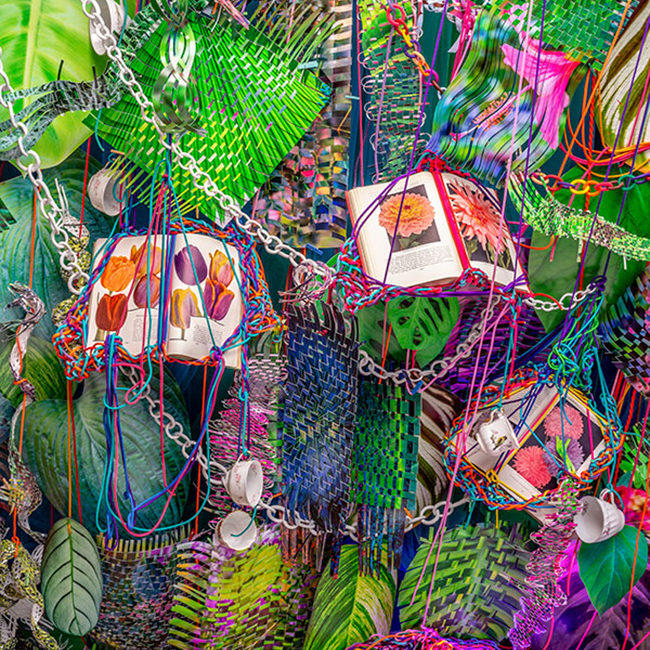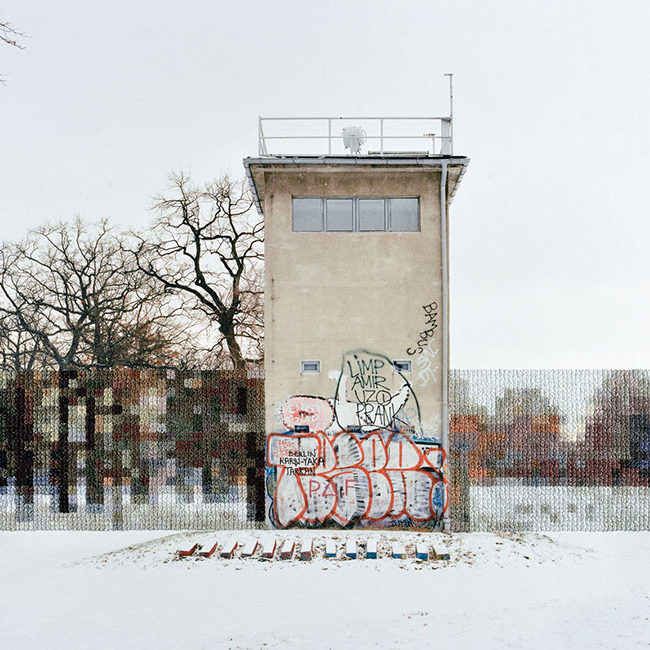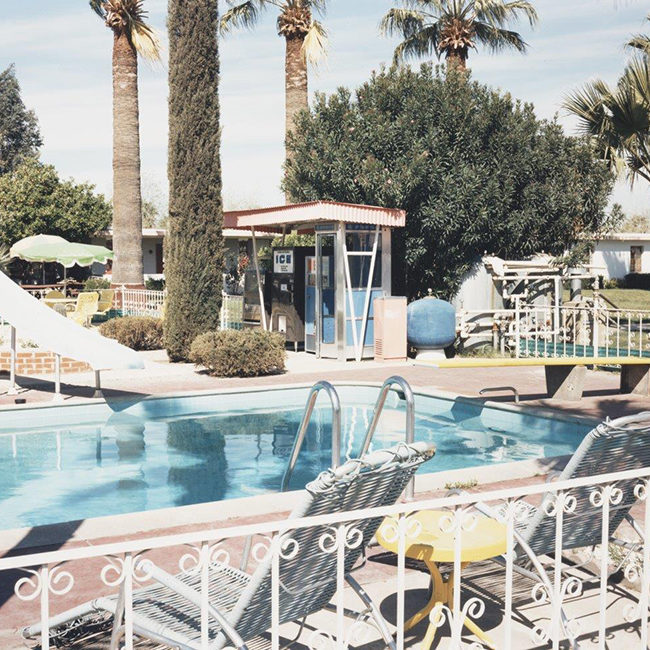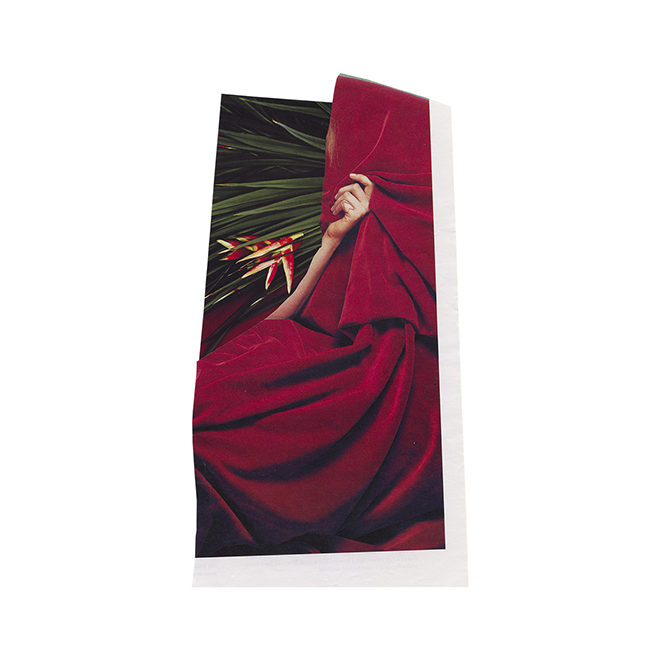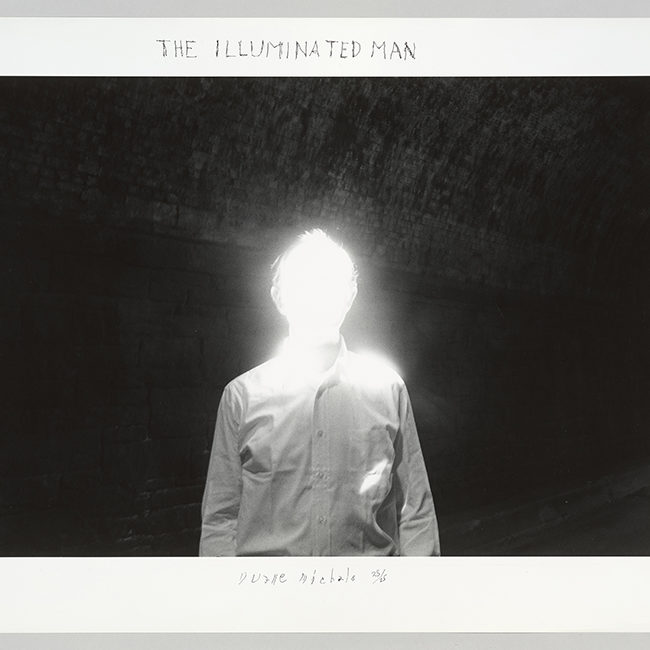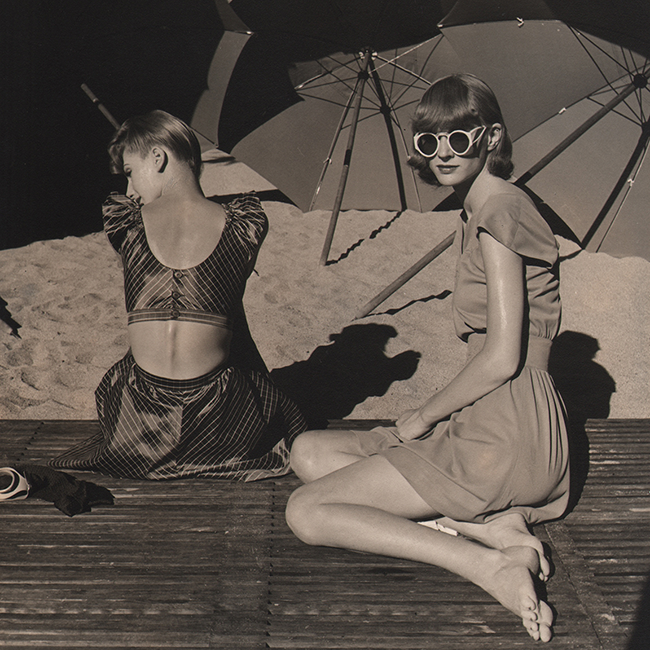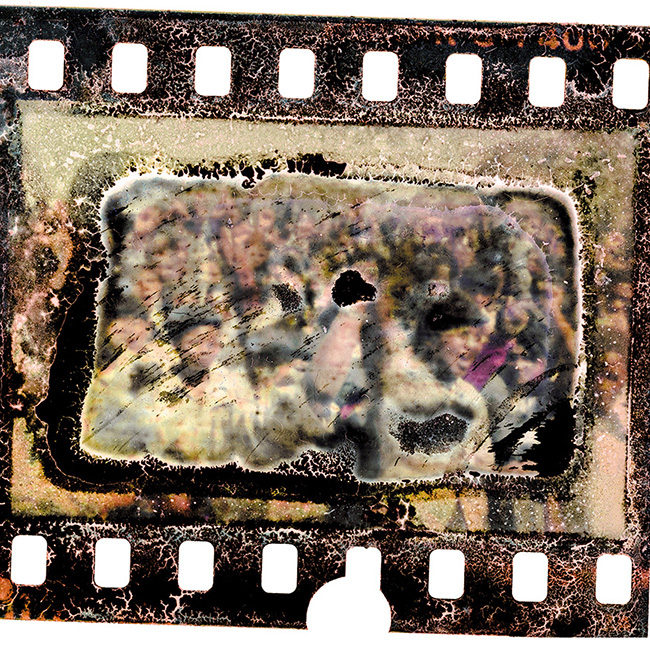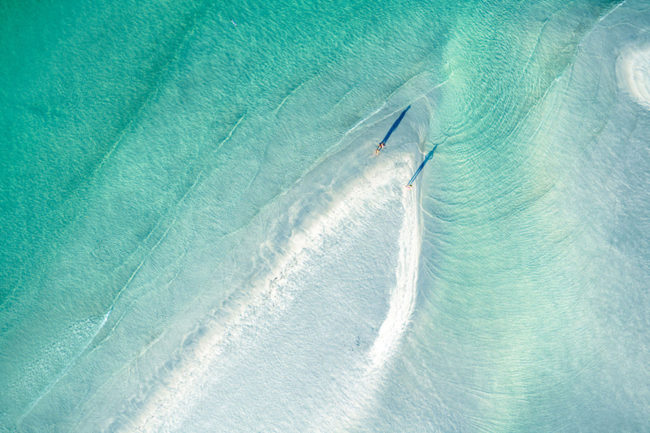Mark Marchesi first came across Henry Wadsworth Longfellow’s epic poem Evangeline while looking for quotes about Portland, Maine, where Marchesi lives and the poet grew up. “He is a hero in Portland,” Marchesi tells PDN. “His boyhood home is a museum.” The poem begins with an evocative, haunting description of the Nova Scotia landscape; reading it inspired Marchesi to attempt a photographic equivalent to Evangeline.
Longfellow’s poem, written in 1847, chronicles the mid 1700s expulsion of the Acadians, French settlers in the region, by British forces. It describes the fictional story of a woman separated from her fiancé during the move, who spends the rest of her life searching for him. Marchesi’s quiet photographs depict the landscape, architecture and people of the region, collecting abandoned and weather-beaten Victorian houses, tiny harbors, small churches, farmers and their crops, and places where the land meets the ocean. In their lush, crumbling beauty and vast empty spaces, Marchesi compairs the contemporary emptying out of region, as young people have moved away following declines in the fishing industry, with the earlier exodus. “For me, it started to look like I imagine it looked like after the expulsion,” he says, “There is a carefully built society and infrastructure that has been left behind.”
Marchesi was first drawn to the area by the Bay of Fundy, the body of water between Nova Scotia and New Brunswick that has one of the widest tidal reaches in the world, rising and falling 45 to 50 feet twice each day. Marchesi grew up in a Westchester County suburb of New York City, “right next to the town marina,” he says. “I could smell low tide coming through my bedroom window at night. We would wander over mudflats and throw rocks at low tide. I always had a fascination with the ebb and flow of tides.” The experience led to an interest in maritime history and culture. Marchesi initially went to Nova Scotia to photograph the tidal landscape around the Bay, but once he began reading Evangeline, his focus shifted.
While many of his first pictures were made by driving around and photographing locations that caught his attention, Marchesi eventually expanded the project to include more specific images—houses, portraits, and interiors, made at varying times of day. His approach to gaining access usually involved knocking on doors. Longfellow wrote in Evangeline, “Neither locks had they to their doors, nor bars to their windows,” and Marchesi found a similar habit among the area’s current residents. When photographing churches, “Try the door,” he says. “It’s usually open, whether there’s a pastor there or not. I’ve walked into a bunch of them where no one was there, and just set up and photographed and left.” But when photographing abandoned houses, he often asked around “to make sure it was ok with whoever might be interested.”
Marches sees his photos as a visual interpretation of the poem, especially the first part, which focuses on the mysterious, wild landscape. Writes Longfellow:
This is the forest primeval. The murmuring pines and the hemlocks,
Bearded with moss, and in garments green, indistinct in the twilight,
Stand like Druids of eld, with voices sad and prophetic,
Stand like harpers hoar, with beards that rest on their bosoms.
Loud from its rocky caverns, the deep-voiced neighboring ocean
Speaks, and in accents disconsolate answers the wail of the forest.
For Marchesi, his “Evangeline” “became a way to bring [into being] those visions that I had while reading it. If you’re a visual person and you read something that descriptive, it’s powerful.” —Rebecca Robertson
Related Stories:
Through the Eyes of the Vikings
Ansel Adams: At the Water’s Edge
Caleb Cain Marcus’s Goddess Investigates the Seen and Unseen Along the Ganges (For PDN subscribers; Log in required)
